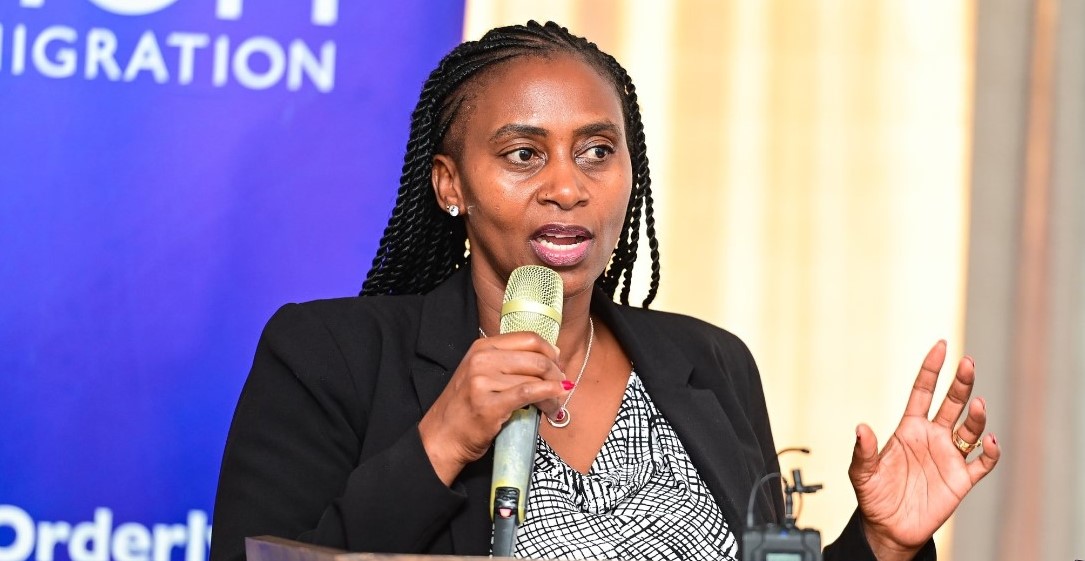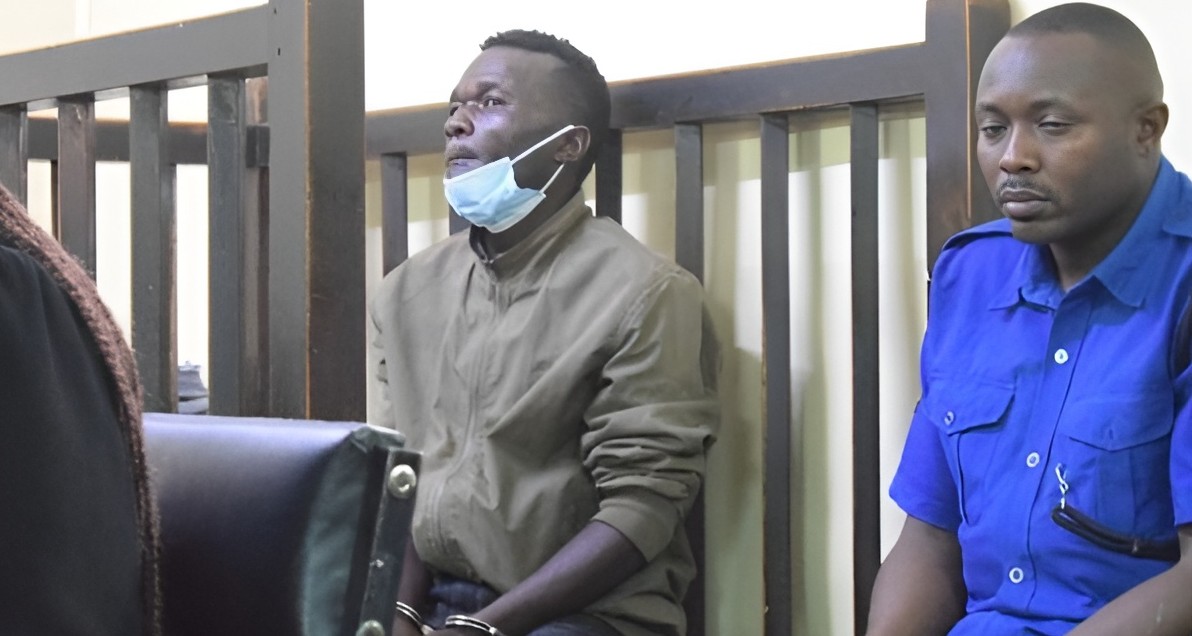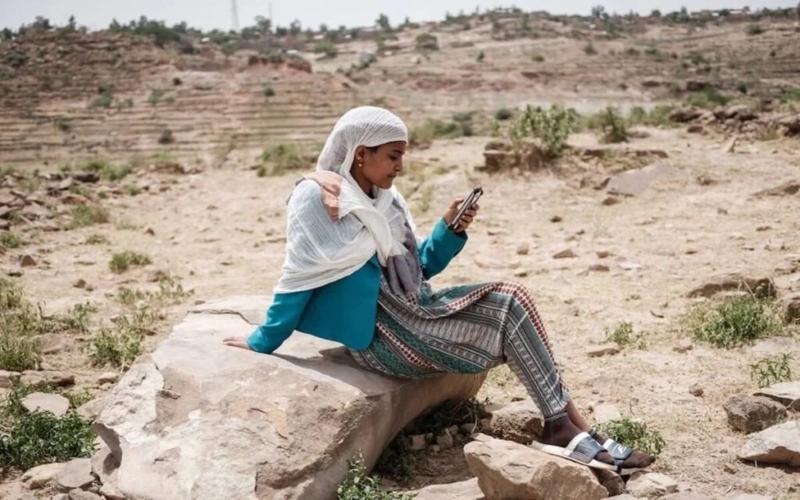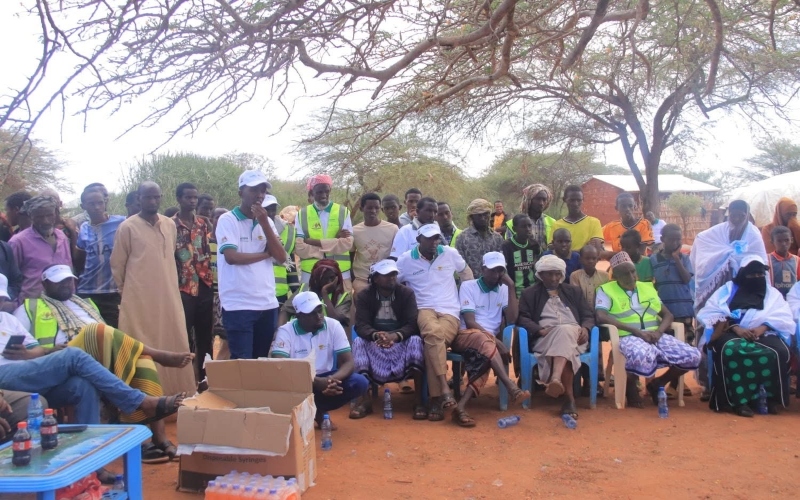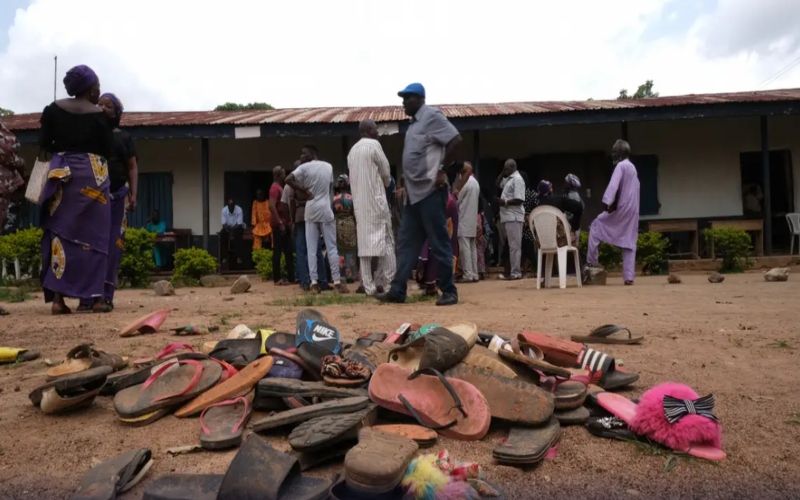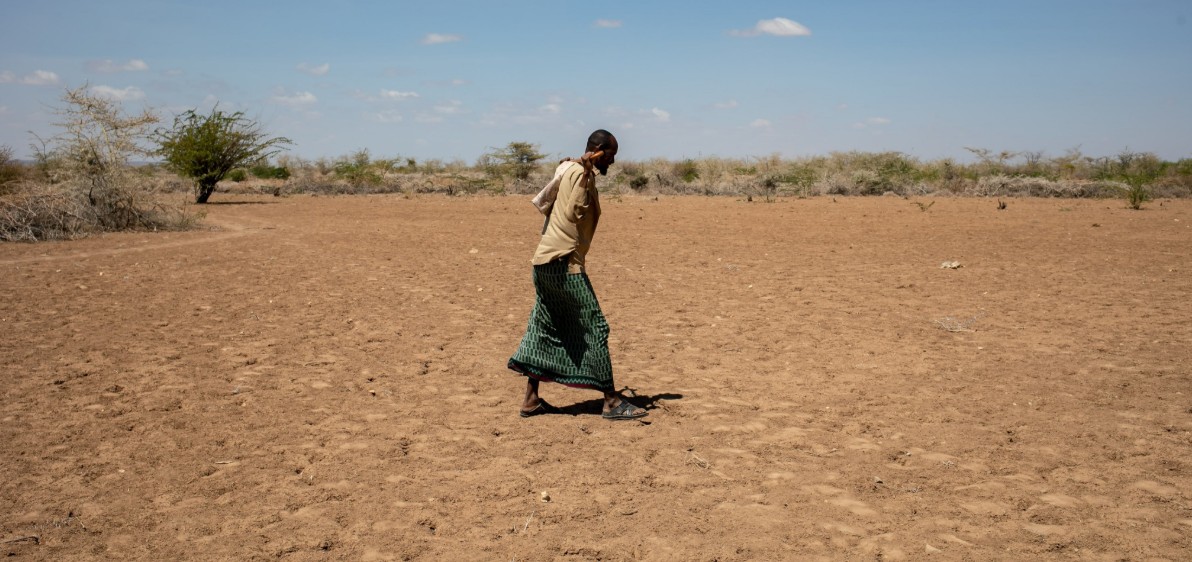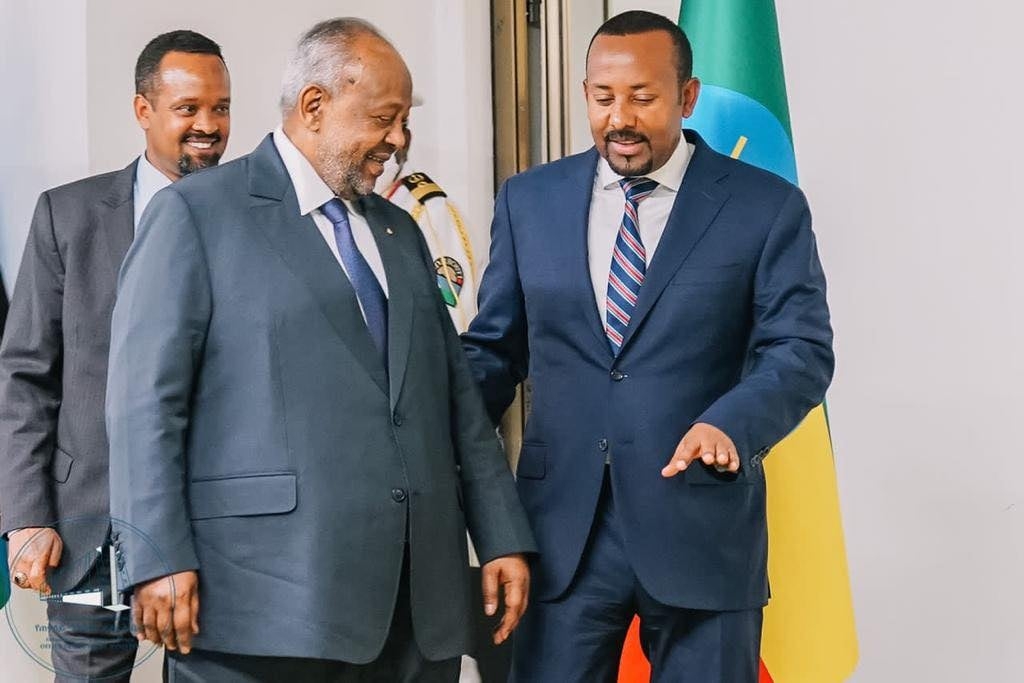Sharp decline in childhood vaccinations leaves 133,000 children unprotected – report
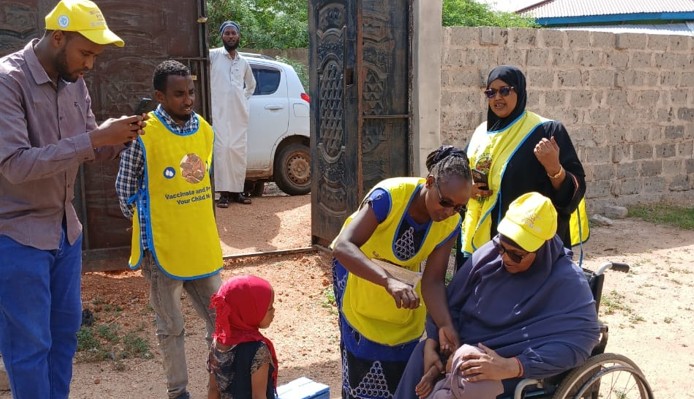
Measles vaccination was among the most affected, with around 178,000 children missing their first dose in 2024, making it the second least administered vaccine that year.
A new report by the World Health Organisation (WHO) and UNICEF has revealed a major decline in Kenya’s routine childhood vaccination coverage in 2024, with at least 133,000 children missing out on essential vaccines.
This marks a significant increase from 2023, when 90,000 fewer children were left unvaccinated, raising serious concerns about the country’s ability to protect children from preventable diseases.
More To Read
- Kenya steps up border checks as Ethiopia confirms outbreak of Marburg Virus Disease
- Gaza: Two children killed every day during fragile ceasefire, says UNICEF
- Ending violence against women ‘a matter of dignity, equality and human rights’
- UNICEF warns over 400 million children live in extreme poverty as progress stalls
- Gaza: Displaced Palestinians dealing with the ‘death of dignity’, warns UNICEF
- UN calls for legal safeguards for AI in healthcare
The report shows that Kenya now contributes 4.7 per cent of all zero-dose children, those who have received no vaccines at all, in Eastern and Southern Africa, and 0.9 per cent globally.
Despite global improvements in vaccination coverage, Kenya’s performance has deteriorated.
Out of the 14 vaccines included in the national Expanded Programme on Immunisation, only four met the minimum 90 per cent coverage target.
The remaining vaccines, including those for measles, tuberculosis, diphtheria, and polio, recorded a worrying drop in uptake.
The report cites stock-outs of critical vaccines such as Bacillus Calmette-Guérin (BCG), Oral Polio, and Measles-Rubella (MR) as a key reason for the low coverage.
Measles vaccination was among the most affected, with around 178,000 children missing their first dose in 2024, making it the second least administered vaccine that year.
The Human Papillomavirus (HPV) vaccine, which had the lowest coverage in 2023 at just 4 per cent, showed improvement in 2024.
First-dose coverage rose to 79 per cent among eligible girls aged 9 to 14, but only 36 per cent received the second dose, which is necessary for full protection.
The report notes that Kenya has experienced recurring vaccine stock-outs in 2018, 2019, 2020, and again in 2024, exposing long-standing supply chain issues.
Coverage also fell for other key vaccines, including DTP1 and DTP3, IPV1, PCV3, Yellow Fever, and the third dose of Polio. Only the Rotavirus vaccine registered a slight increase.
“It is encouraging to see a continued increase in the number of children being vaccinated, although we still have a lot of work to do,” said WHO Director-General Dr Tedros Adhanom Ghebreyesus.
He warned that deep cuts in health funding and misinformation around vaccines could reverse decades of global health gains.
UNICEF Executive Director Catherine Russell said urgent action is needed to address the crisis.
“We must act now with determination to overcome barriers such as shrinking health budgets, fragile health systems, along with misinformation and access constraints because of conflicts. No child should die from a disease we know how to prevent.”
The report outlines a combination of factors contributing to the decline, including conflict, limited access to health facilities, weakened systems, and growing concerns or doubts about vaccine safety.
The WHO warned that even minor declines in vaccine coverage can raise the likelihood of outbreaks and increase pressure on already strained health services.
In response, the organisation committed to supporting affected countries, including Kenya, in strengthening health systems and boosting local investment in immunisation.
“WHO remains committed to working with our partners to support countries to develop local solutions and increase domestic investment to reach all children with the lifesaving power of vaccines,” said Dr Tedros.
Top Stories Today
